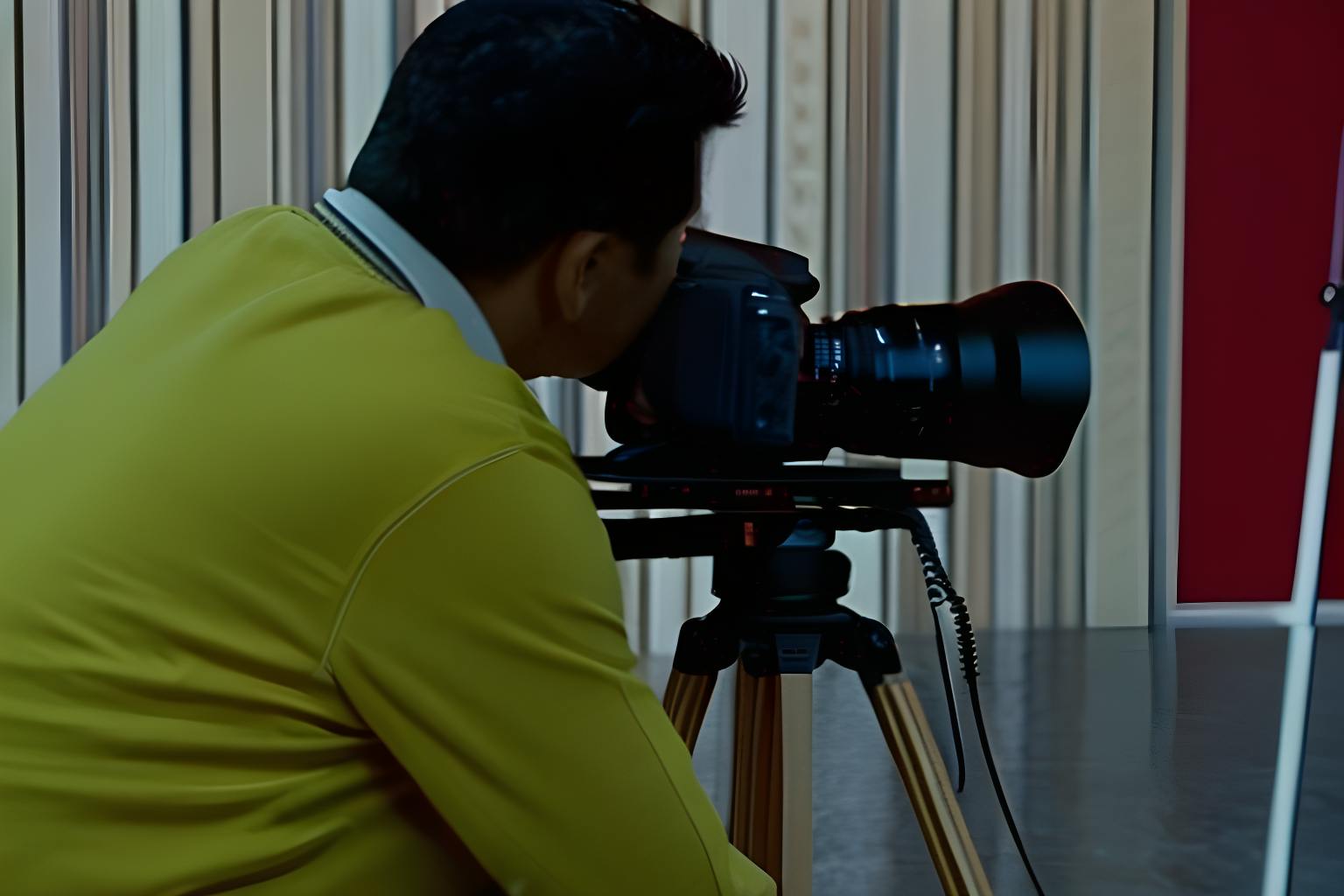Oracle vs. Google (2014) Court Filing, retrieved on May 9, 2014, is part of HackerNoon’s Legal PDF Series. You can jump to any part in this filing here. This is part 10 of 16.
c. Scenes a Faire
The scenes a faire doctrine, which is related to the merger doctrine, operates to bar certain otherwise creative expression from copyright protection. Apple Computer, Inc. v. Microsoft Corp., 35 F.3d 1435, 1444 (9th Cir. 1994). It provides that “expressive elements of a work of authorship are not entitled to protection against infringement if they are standard, stock, or common to a topic, or if they necessarily follow from a common theme or setting.” Mitel, 124 F.3d at 1374. Under this doctrine, “when certain commonplace expressions are indispensable and naturally associated with the treatment of a given idea, those expressions are treated like ideas and therefore [are] not protected by copyright.” Swirsky v. Carey, 376 F.3d 841, 850 (9th Cir. 2004). In the computer context, “the scene a faire doctrine denies protection to program elements that are dictated by external factors such as ‘the mechanical specifications of the computer on which a particular program is intended to run’ or ‘widely accepted programming practices within the computer industry.’” Softel, 118 F.3d at 963 (citation omitted).
The trial court rejected Google’s reliance on the scenes a faire doctrine. It did so in a footnote, finding that Google had failed to present evidence to support the claim that either the grouping of methods within the classes or the code chosen for them “would be so expected and customary as to be permissible under the scenes a faire doctrine.” Copyrightability Decision, 872 F. Supp. 2d at 999 n.9. Specifically, the trial court found that “it is impossible to say on this record that all of the classes and their contents are typical of such classes and, on this record, this order rejects Google’s global argument based on scenes a faire.” Id.
On appeal, Google refers to scenes a faire concepts briefly, as do some amici, apparently contending that, because programmers have become accustomed to and comfortable using the groupings in the Java API packages, those groupings are so commonplace as to be indispensable to the expression of an acceptable programming platform. As such, the argument goes, they are so associated with the “idea” of what the packages are accomplishing that they should be treated as ideas rather than expression. See Br. of Amici Curiae Rackspace US, Inc., et al. at 19-22.
Google cannot rely on the scenes a faire doctrine as an alternative ground upon which we might affirm the copyrightability judgment of the district court. This is so for several reasons. First, as noted, like merger, in the Ninth Circuit, the scenes a faire doctrine is a component of the infringement analysis. “[S]imilarity of expression, whether literal or non-literal, which necessarily results from the fact that the common idea is only capable of expression in more or less stereotyped form, will preclude a finding of actionable similarity.” 4 Nimmer on Copyright § 13.03[B][3]. Thus, the expression is not excluded from copyright protection; it is just that certain copying is forgiven as a necessary incident of any expression of the underlying idea. See Satava, 323 F.3d at 810 n.3 (“The Ninth Circuit treats scenes a faire as a defense to infringement rather than as a barrier to copyrightability.”).
Second, Google has not objected to the trial court’s conclusion that Google failed to make a sufficient factual record to support its contention that the groupings and code chosen for the 37 Java API packages were driven by external factors or premised on features that were either commonplace or essential to the idea being expressed. Google provides no record citations indicating that such a showing was made and does not contend that the trial court erred when it expressly found it was not. Indeed, Google does not even make this argument with respect to the core packages.
Finally, Google’s reliance on the doctrine below and the amici reference to it here are premised on a fundamental misunderstanding of the doctrine. Like merger, the focus of the scenes a faire doctrine is on the circumstances presented to the creator, not the copier. See Mitel, 124 F.3d at 1375 (finding error to the extent the trial court discussed “whether external factors such as market forces and efficiency considerations justified Iqtel’s copying of the command codes”). The court’s analytical focus must be upon the external factors that dictated Sun’s selection of classes, methods, and code—not upon what Google encountered at the time it chose to copy those groupings and that code. See id. “[T]he scenes a faire doctrine identifies and excludes from protection against infringement expression whose creation ‘flowed naturally from considerations external to the author’s creativity.’” Id. (quoting Nimmer § 13.03[F][3], at 13-131 (1997)). It is this showing the trial court found Google failed to make, and Google cites to nothing in the record which indicates otherwise.
For these reasons, the trial court was correct to conclude that the scenes a faire doctrine does not affect the copyrightability of either the declaring code in, or the SSO of, the Java API packages at issue.
Continue Reading Here.
About HackerNoon Legal PDF Series: We bring you the most important technical and insightful public domain court case filings.
This court case 10-CV-3561 retrieved on September 22, 2023, from law.justia.com is part of the public domain. The court-created documents are works of the federal government, and under copyright law, are automatically placed in the public domain and may be shared without legal restriction.

